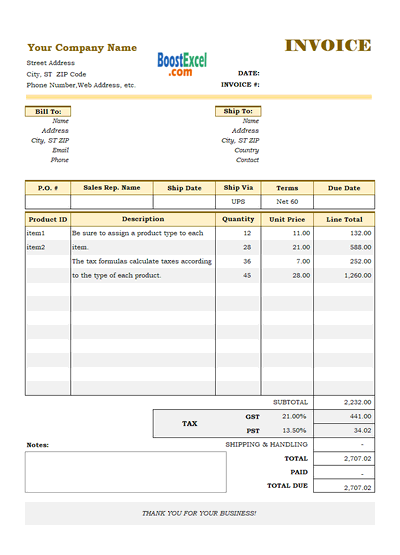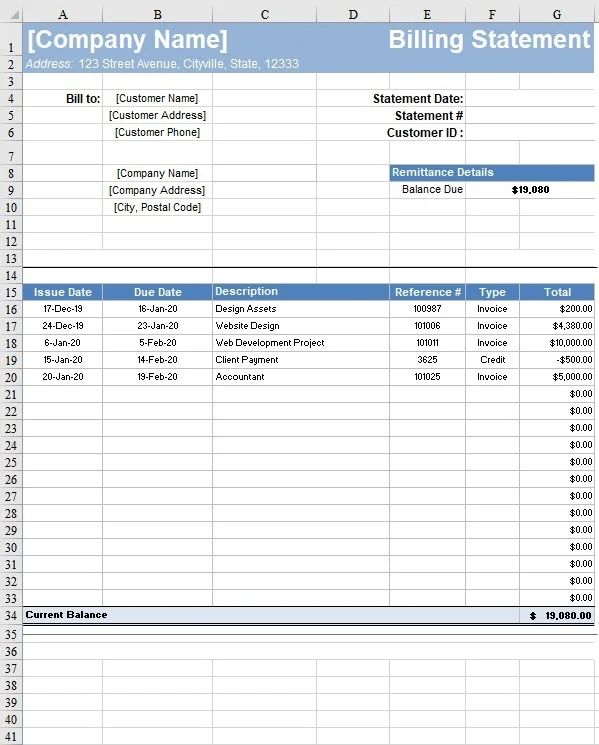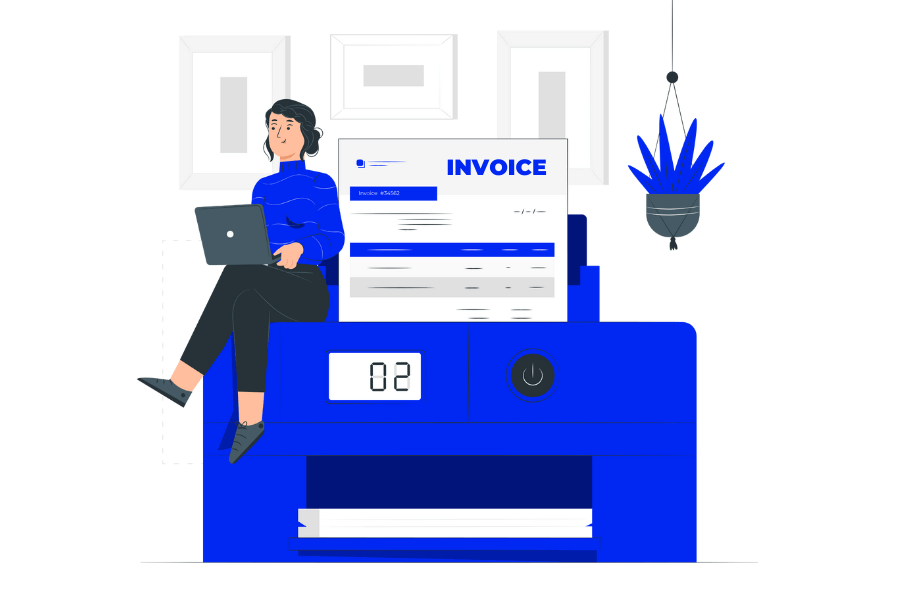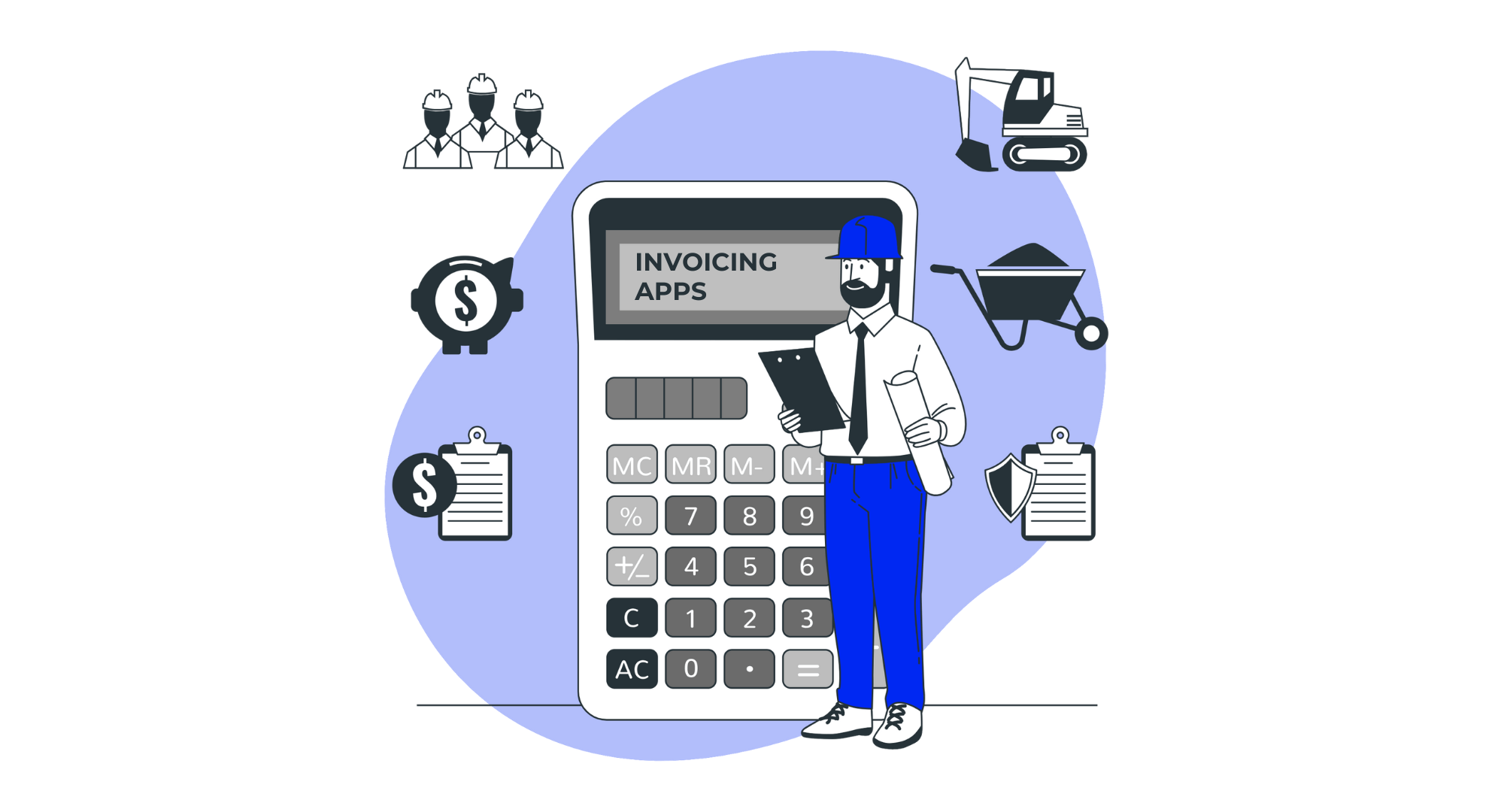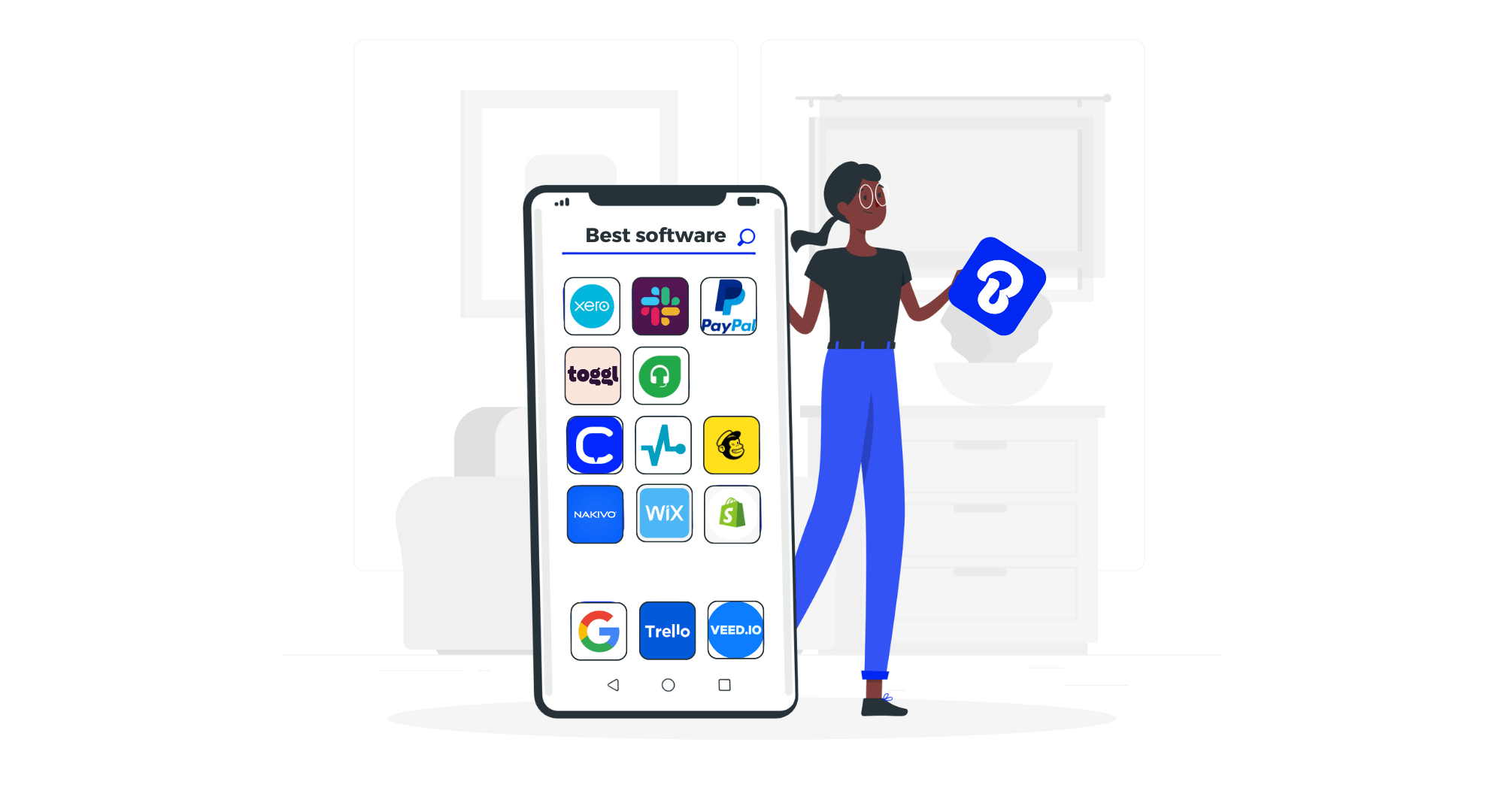
They say that only death and taxes are certain in life. But if you own a business, there’s one more thing to worry about – invoices. They’re the most important financial document every business owner should know. But with 20 types of invoices to choose from, that can be quite a daunting task.
Thankfully, we’re not invoicing specialists just for anything. Today, we’ll discuss everything you need to know about invoices in general, the 20 possible invoice types, and their unique use cases in a straightforward guide for complete beginners and seasoned invoicers alike.
In this article, you’ll learn:
Key takeaways
- Sales Invoice: Issued after delivering goods or services.
- Proforma Invoice: A preliminary estimate, no payment required yet.
- Recurring Invoice: Regular billing for subscription services.
- Commercial Invoice: Used for international shipments.
What Is an Invoice?
An invoice is many things. First and foremost, it’s the single most important financial business document. If we go one layer deeper, it’s both a confirmation of purchase and a payment request you issue your clients.
Beyond that, invoices are the sum of their parts – all nine of which you can learn about in our article where we answer “What Does a Professional Invoice Look Like?”.
But why is that the case? Let’s answer…
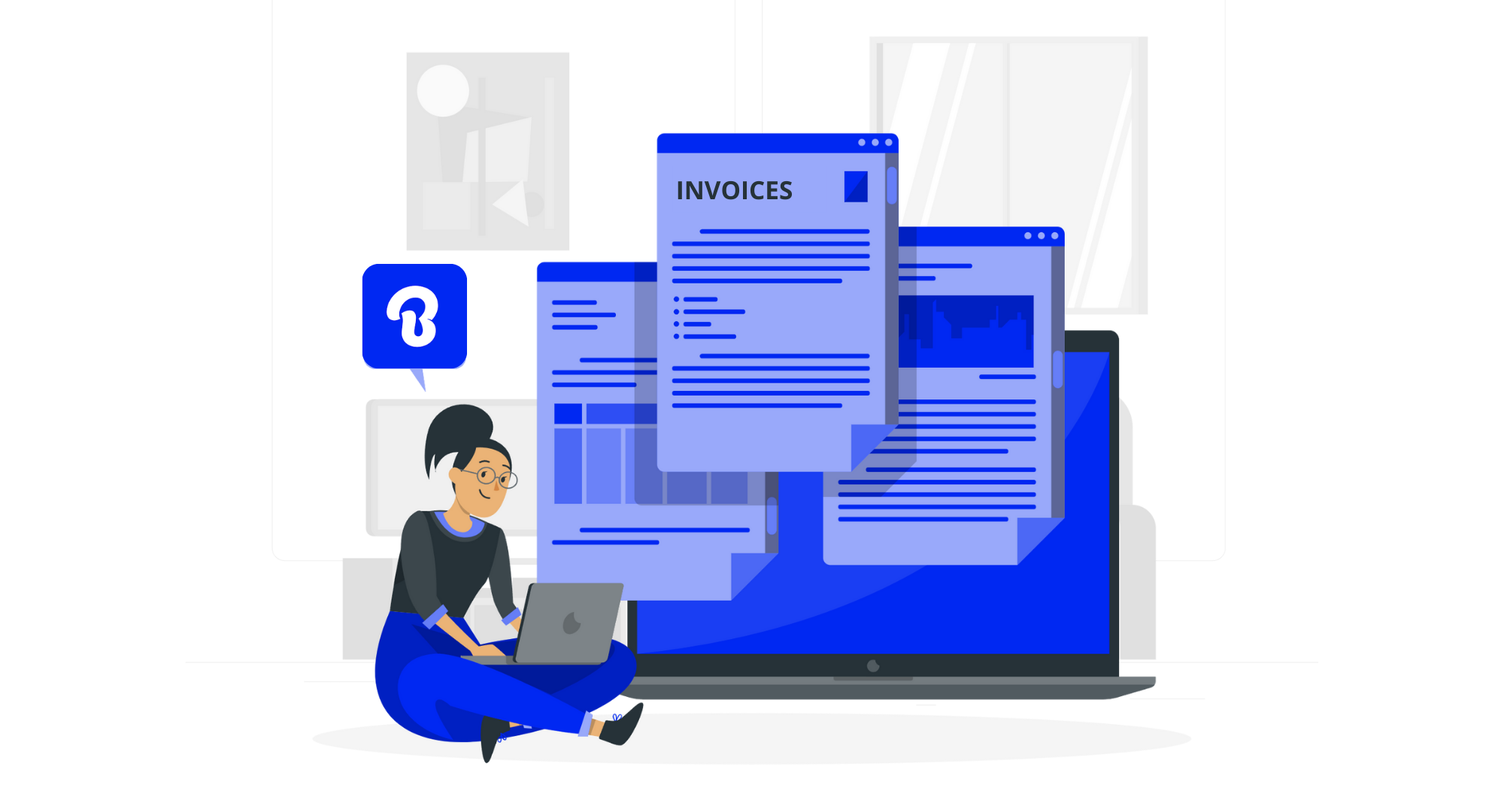
Why Are Invoices Important for Business?
Invoices address many more business needs than one might think. They are binding agreements between you and your customer, ensuring both parties fulfill their contractual obligations or face legal consequences.
This is important for companies of all sizes, but particularly freelance and small businesses, as they’re usually the main target of fraudsters and non-payers.
Next, invoices are the main source of your business’ revenue (especially in B2B). They play a vital role in bookkeeping, letting you accurately evaluate your company’s financial health. Consequently, this makes them a necessary part of paying taxes.
Why Should You Use Different Types of Invoices?
While the previous section explained the importance of invoices for businesses in general, it fails to consider one thing – the 20 different types of invoices promised in the title. So, before we dive into the details of each specific kind, let’s explain some of the over-arching benefits.
The 20 types of invoices are important because of:
- Increased Transparency and Accuracy: Each invoice variation is unique in its purpose and content. They track information relating to transactions, products/services provided, discounts, taxes, and additional fees.
Consequently, these documents are ideal sources of historical information for your deals. They help prevent misunderstandings and legal disputes, but the added transparency also builds trust with customers. - Payment Tracking and Record Keeping: Since the various types of invoices pertain information to each deal, they’re important for external reporting. We’ve mentioned taxation before, but this aspect also relates to investments, budgeting, and stakeholder payouts.
- Deal Negotiation: Beyond disputes, information from your invoices also plays an important role in negotiating future deals. This can influence your decisions regarding expected delivery times, pricing, late payment prevention, and more.
- Helping Clients Adjust to Payment Cycles: Different invoices carry different payment expectations. You can learn more about this topic in our 25 Most Common Invoice Payment Terms. For example, a standard invoice carries the expectation of a one-time payment, while a recurring one will let customers know they’re expected to pay repeatedly.
What Are the 20 Most Important Types of Invoices?
As we explained earlier, there are anywhere between 15 to 20 possible invoice types. These differ in the companies that use them, specific use cases, payment terms, etc. Based on these specifics, we can break the invoices down into standard, project-based, and memo.
Freelance | B2B | B2C | |
Common | Sales Invoice, Proforma Invoice, Overdue Invoice, Retainer Invoice, Time-Sheet Invoice | Sales Invoice, Proforma Invoice, Overdue Invoice, VAT/TAX Invoice, Consolidated Invoice, Recurring Invoice, Commercial Invoice, Retainer Invoice, Interim Invoice, Final Invoice | Sales Invoice, Proforma Invoice, Overdue Invoice, VAT/TAX Invoice, Consolidated Invoice, Recurring Invoice, Commercial Invoice, Retail Invoice |
Uncommon | Interim Invoice, Final Invoice, VAT/TAX Invoice, Recurring Invoice | Purchase Invoice, Collective Invoice, Time-Sheet Invoice, Credit Invoice, Debit Invoice, Mixed Invoice | Purchase Invoice, Collective Invoice, Retainer Invoice, Final Invoice |
Rare | Commercial Invoice, Consolidated Retail Invoice, Purchase Invoice, Collective Invoice, Credit Invoice, Debit Invoice, Mixed Invoice, Expense Report Invoice, Self-Billing Invoice, Account Statement Invoice | Retail Invoice, Expense Report Invoice, Self-Billing Invoice, Account Statement Invoice | Credit Invoice, Debit Invoice, Mixed Invoice, Interim Invoice, Time-Sheet Invoice, Expense Report Invoice, Self-Billing Invoice, Account Statement Invoice |
10 Types of Standard Invoices
1. Sales Invoice
Definition: Along with receipts, sales invoices are the most common financial document you’ve seen a million times by now. As explained at the beginning of this article, they are legally binding documents that provide a comprehensive record of a completed sale, including information regarding products/services sold, quantity, and price.
When to use: Any standard deal.
When to issue: After a sale is completed.
Who it’s best for: Any business selling goods or services.
Example:
 (Source: Billdu Invoice Template)
(Source: Billdu Invoice Template)
What is the difference between Sales and Proforma invoices?
These financial documents may seem completely identical at first glance. However, though they may feature all the same information, there are two important differences.
Sales Invoice | Proforma Invoice |
Issued after a deal is finished | Issued before a deal is signed |
Legally binding | Not legally binding |
Requires payment | Does not require payment |
2. Proforma Invoice
Definition: Like a quote and unlike a standard sales invoice, a proforma invoice is a preliminary document detailing information regarding products/services sold, quantity, and price. It is used as a communicational tool between a seller and a potential customer to clearly outline a proposed deal. Learn more here.
When to use: During deal negotiation with a potential client.
When to issue: Before a standard sales invoice, during deal negotiation.
Who it’s best for: Any business selling goods or services.
Example:
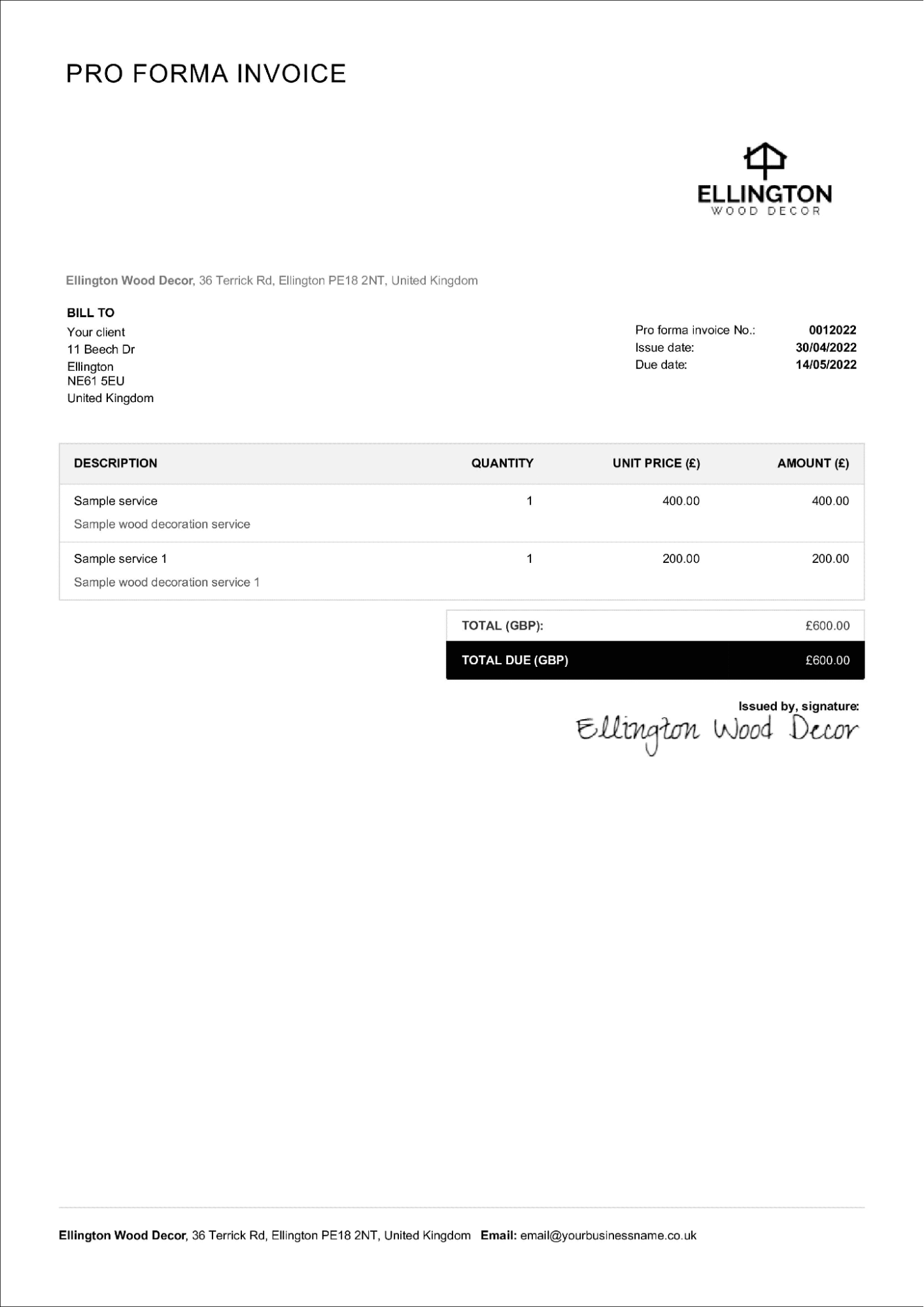
(Source: Billdu Proforma Invoice Template)

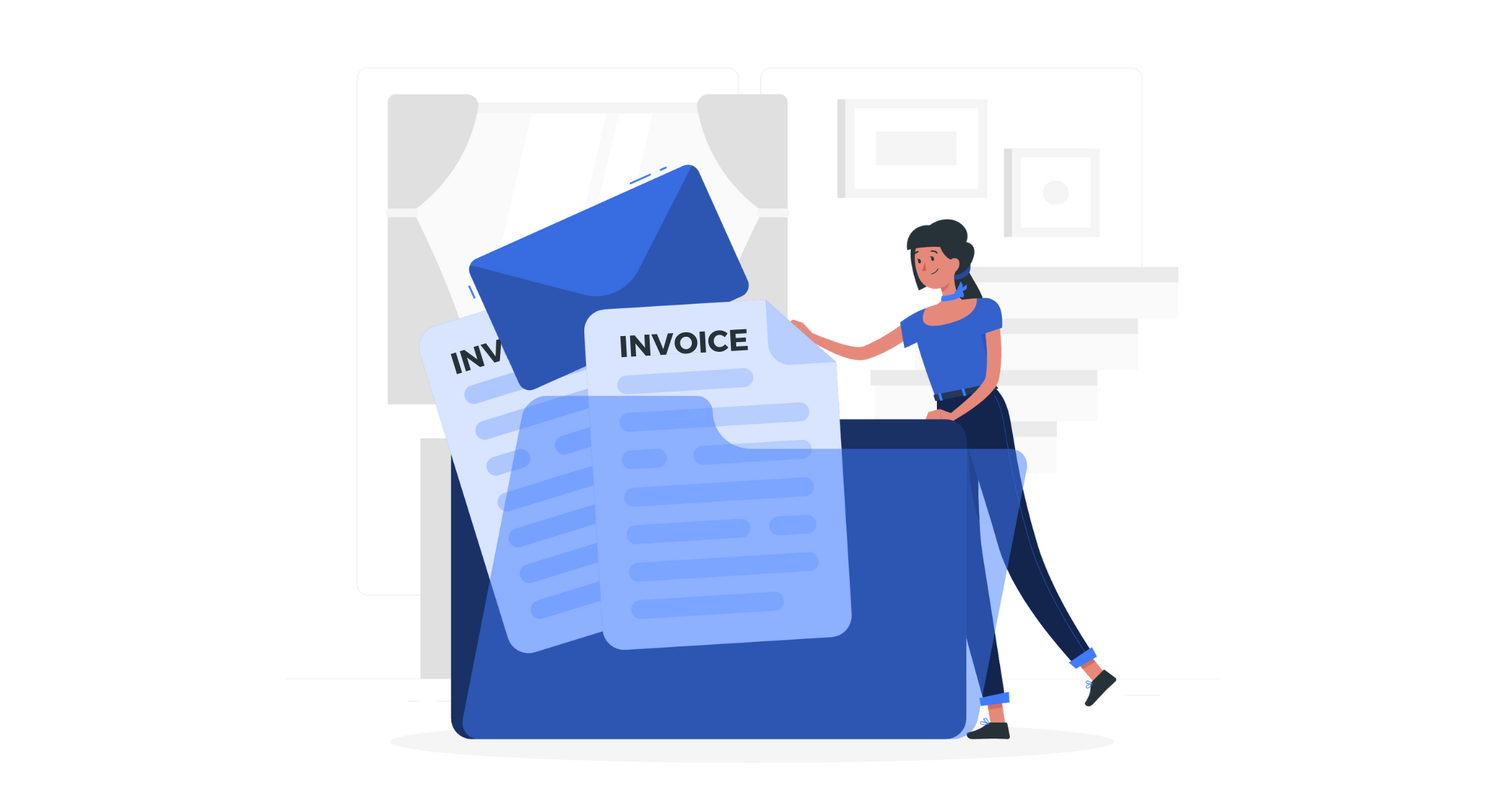

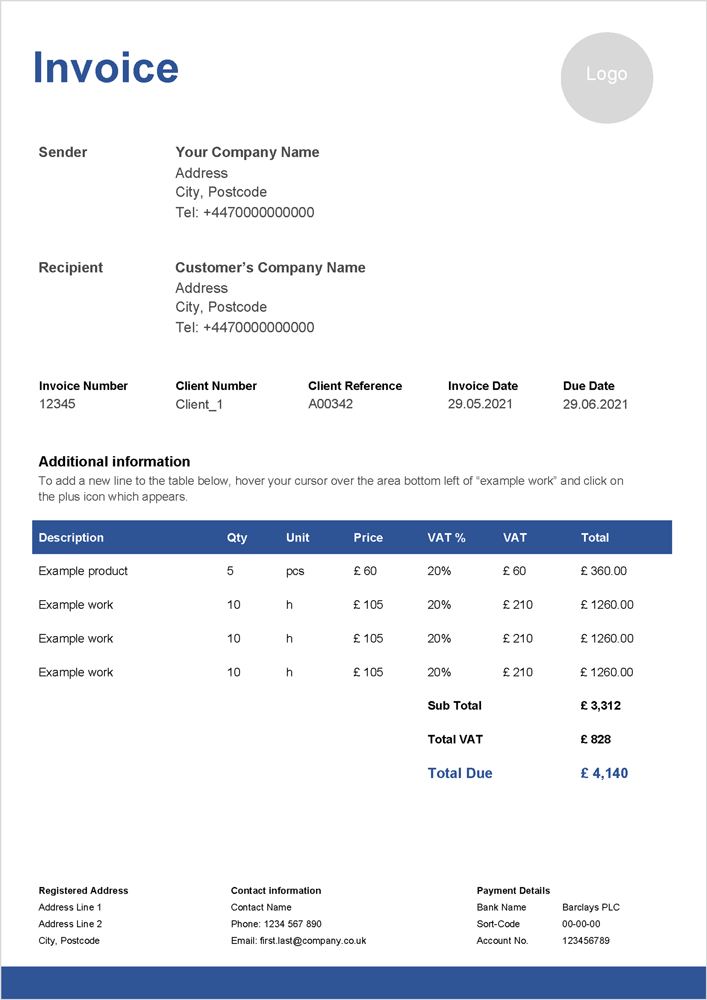 (Source: Zervant Tax Invoice Template)
(Source: Zervant Tax Invoice Template)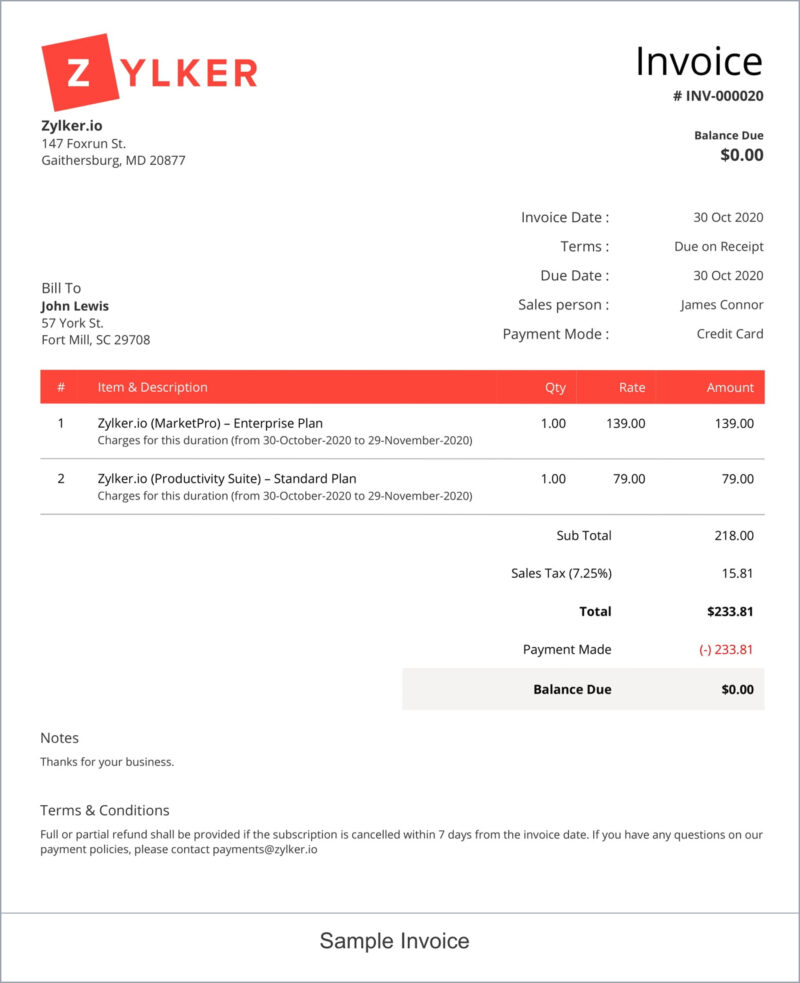 (Source: Zoho Consolidated Invoice Template)
(Source: Zoho Consolidated Invoice Template)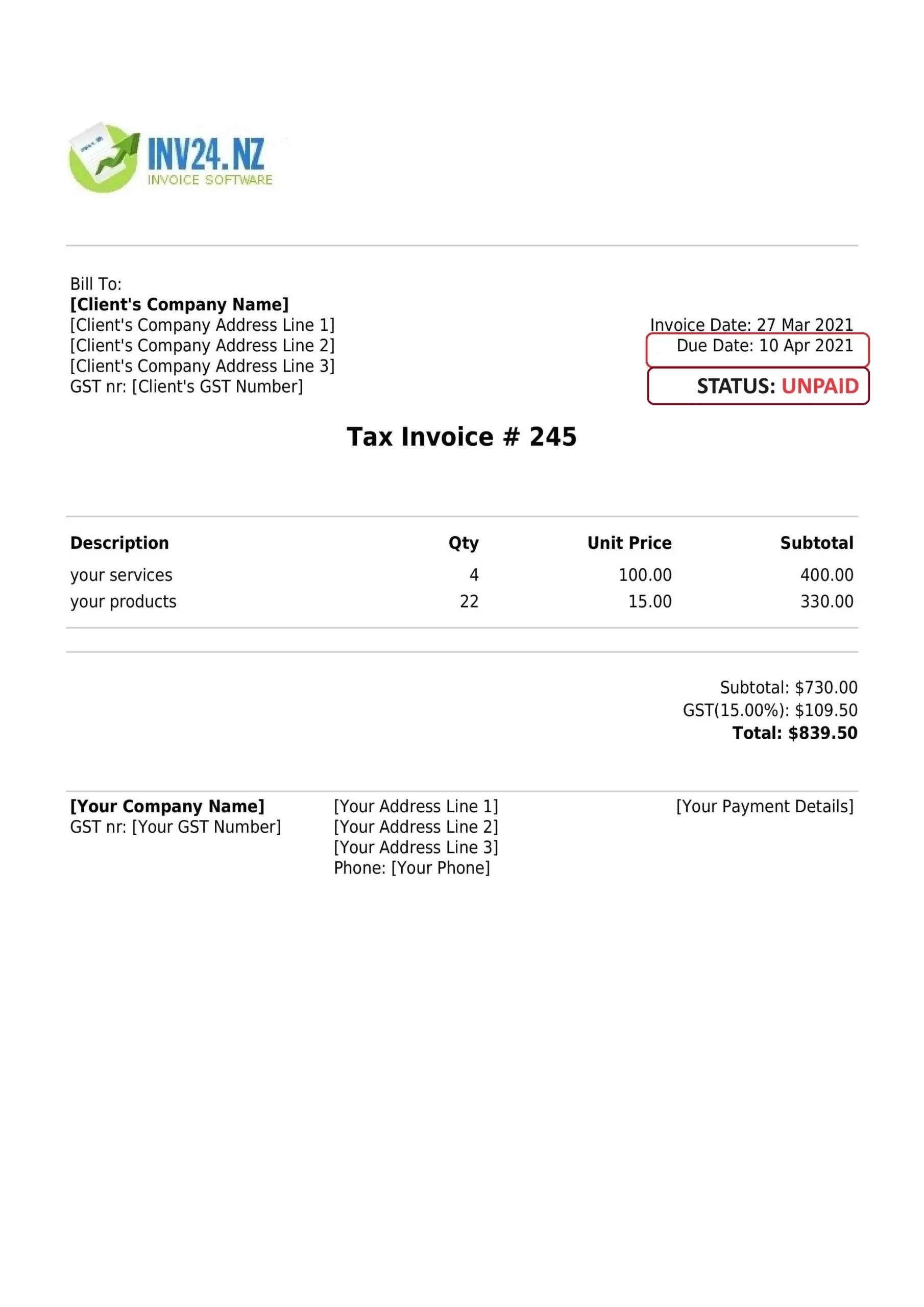
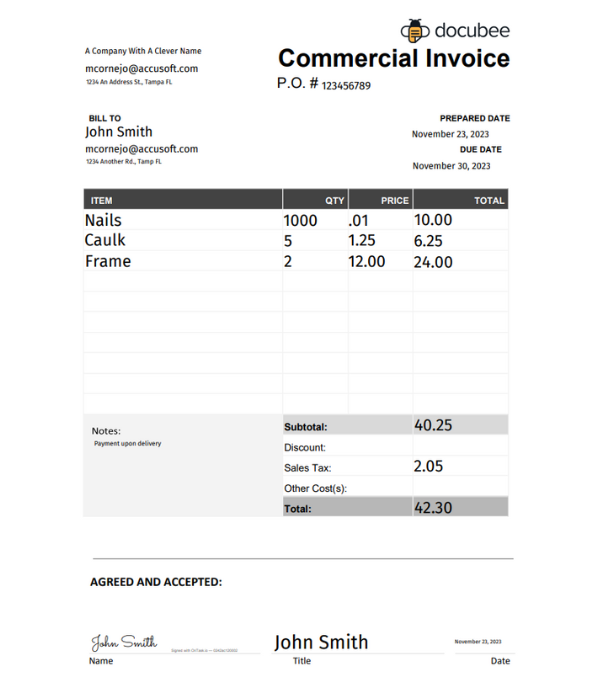
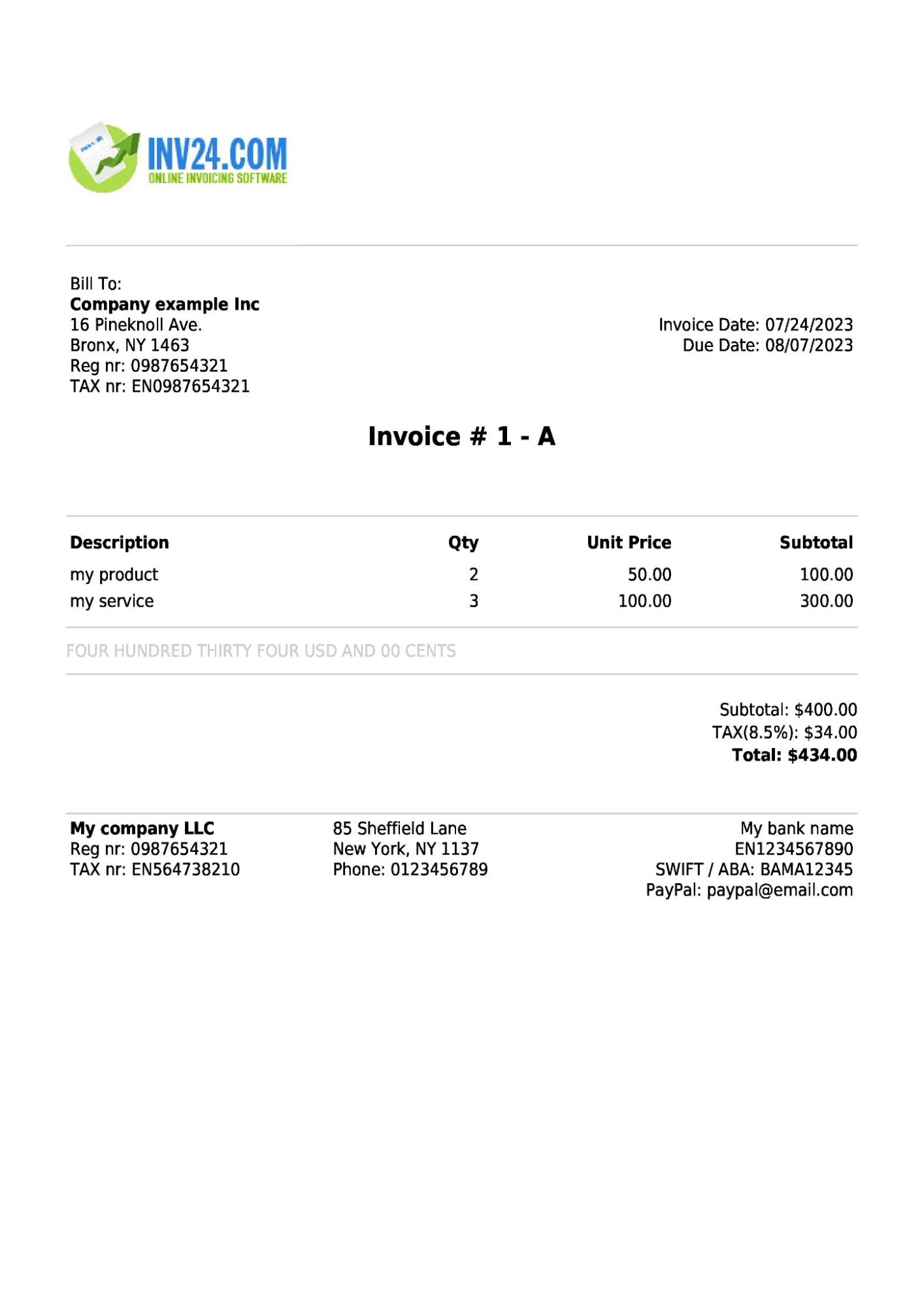
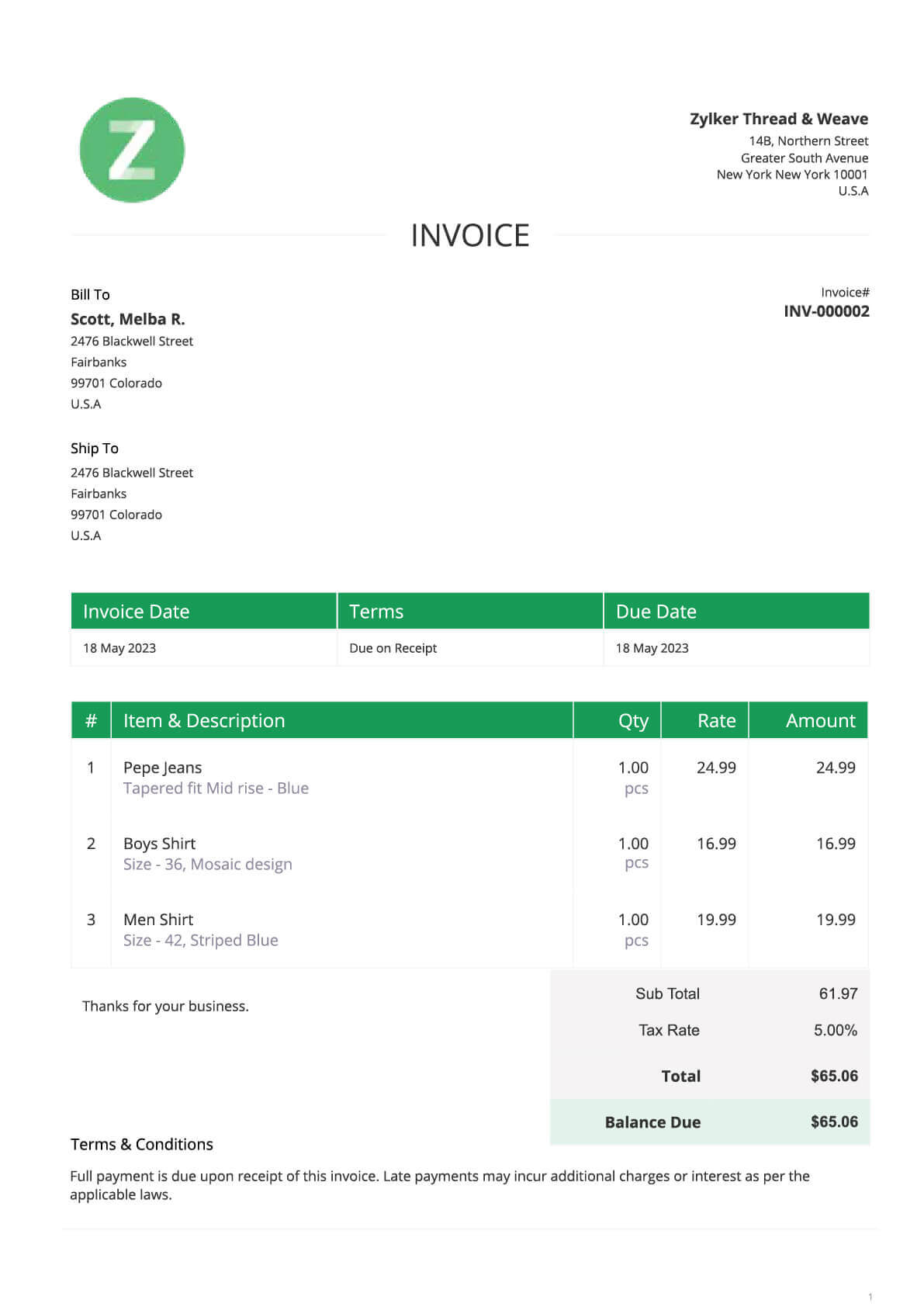 (Source: Zoho Retail Invoice Template)
(Source: Zoho Retail Invoice Template)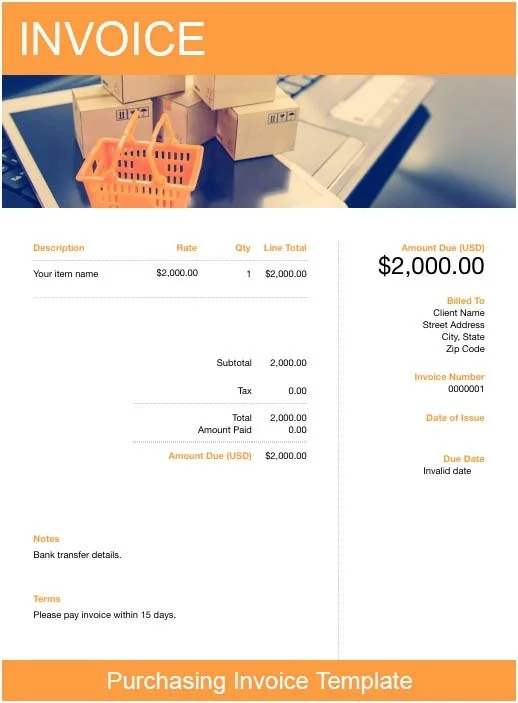
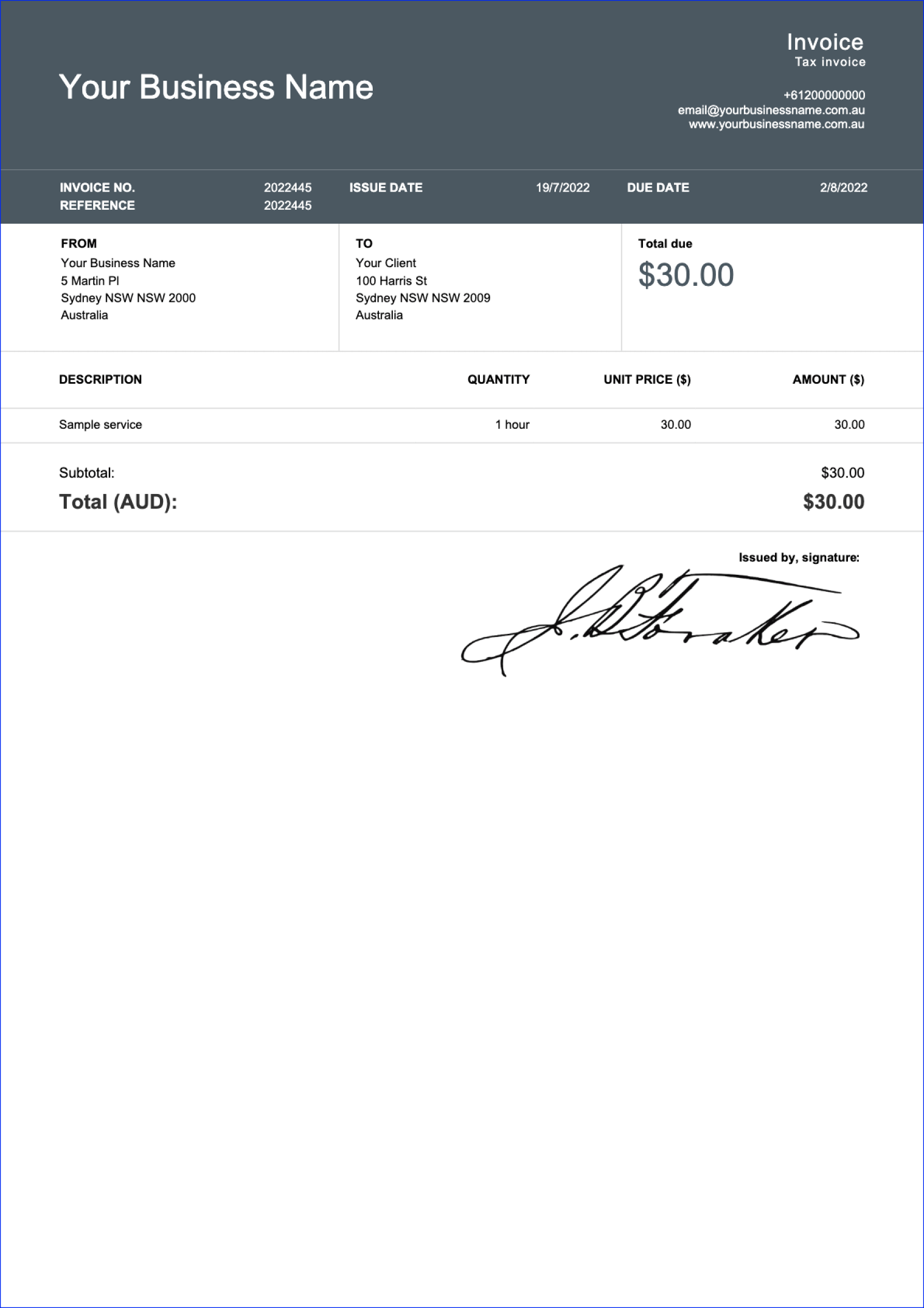
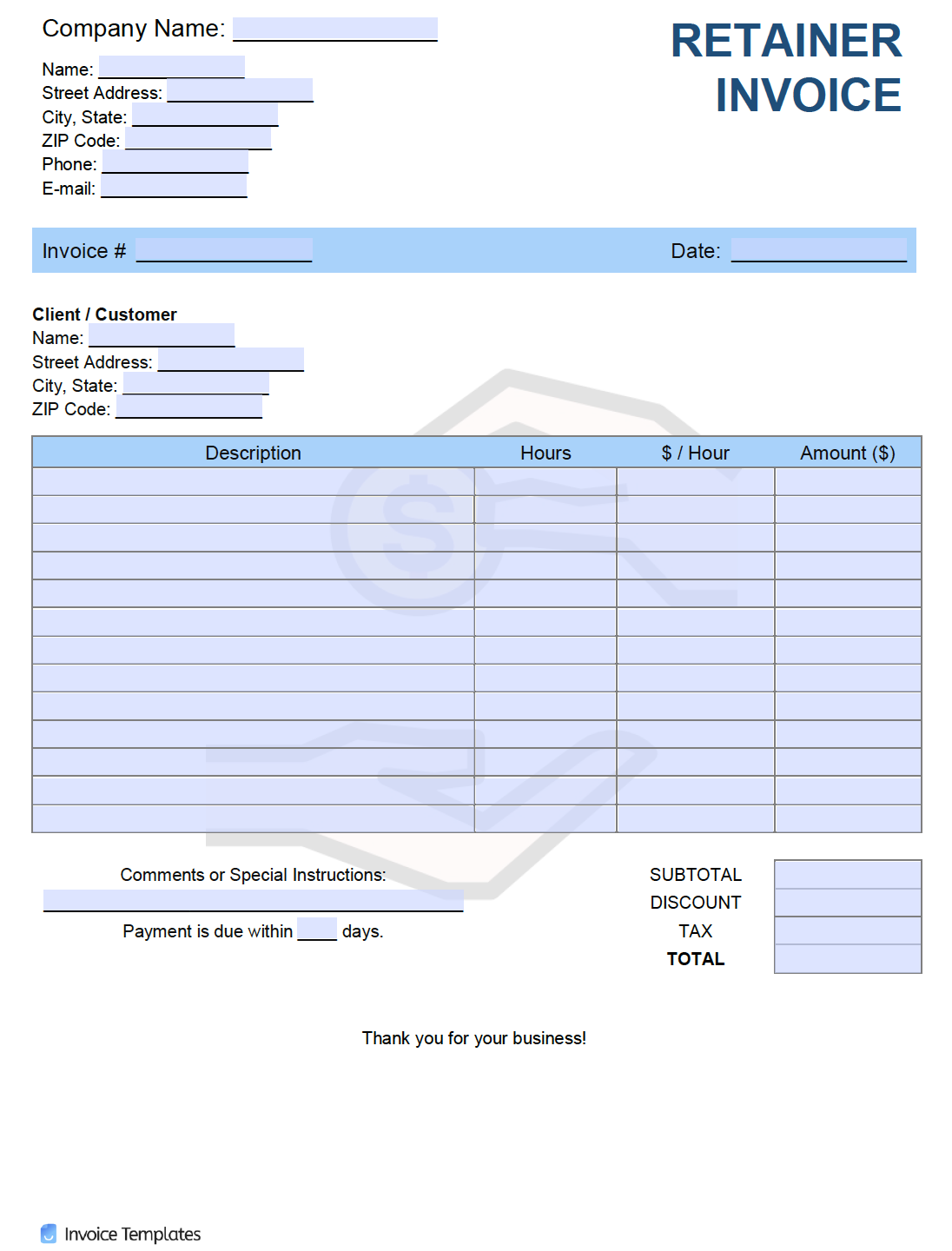
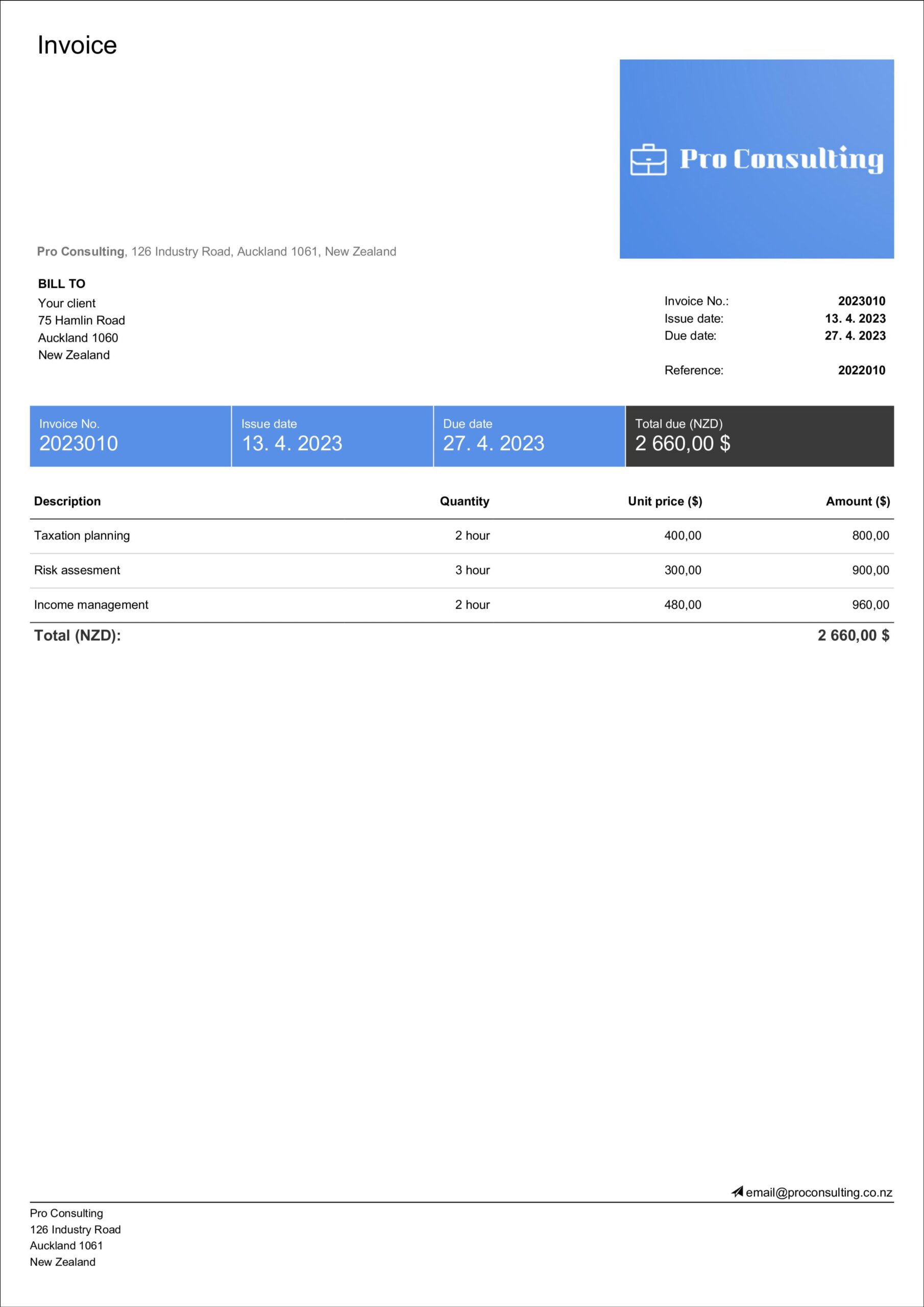
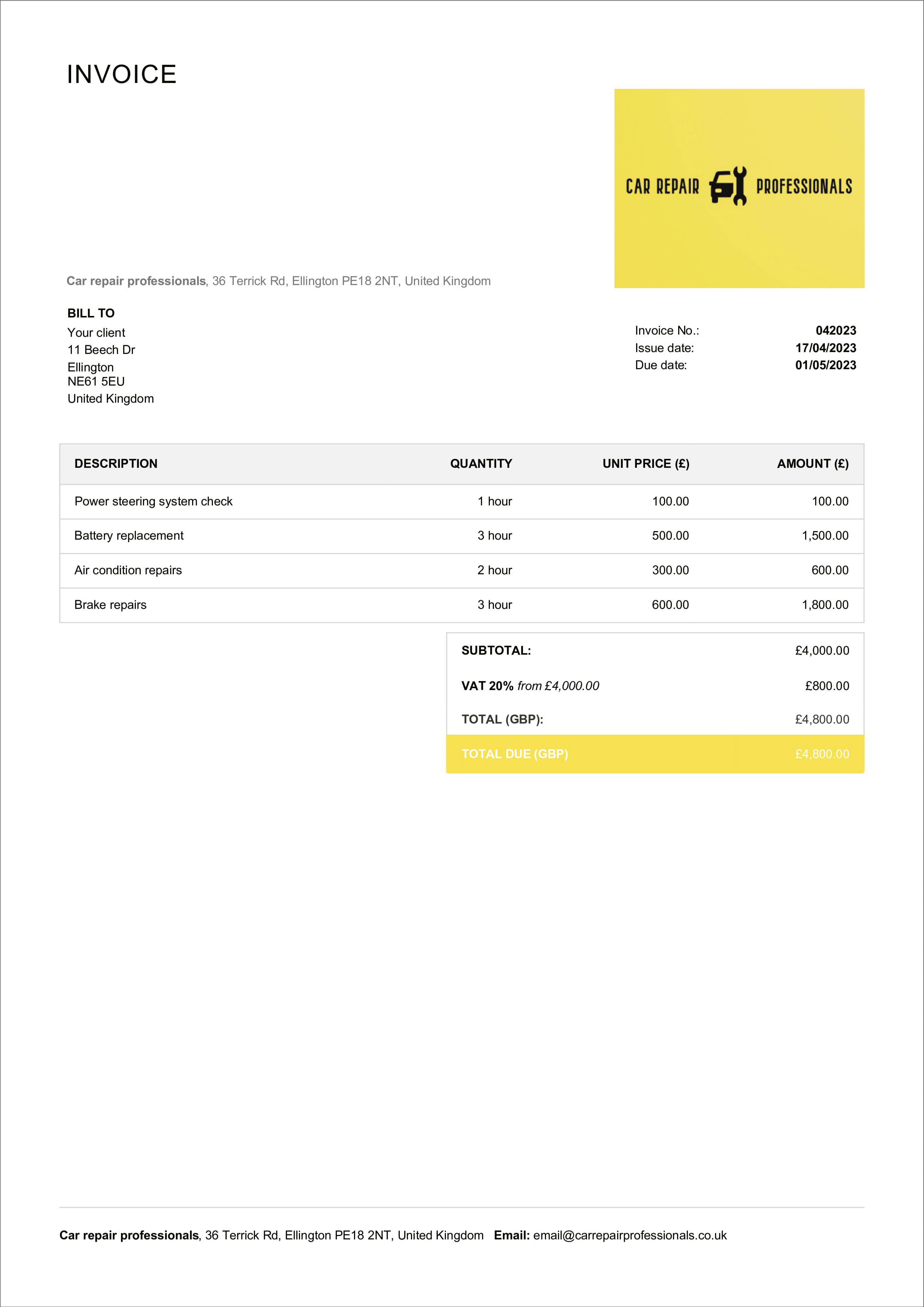
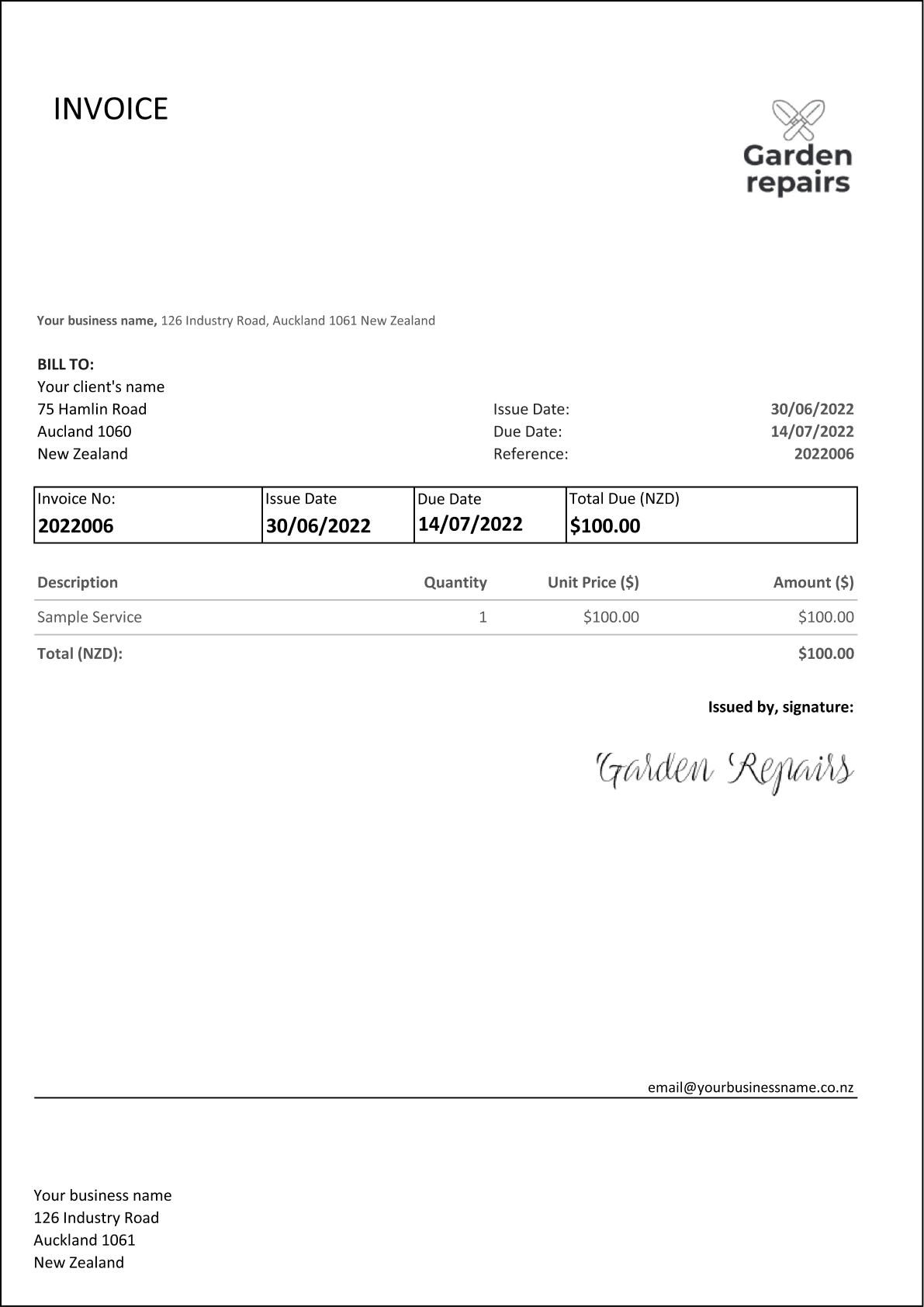
 (Source: Ionos Collective Invoice Template)
(Source: Ionos Collective Invoice Template)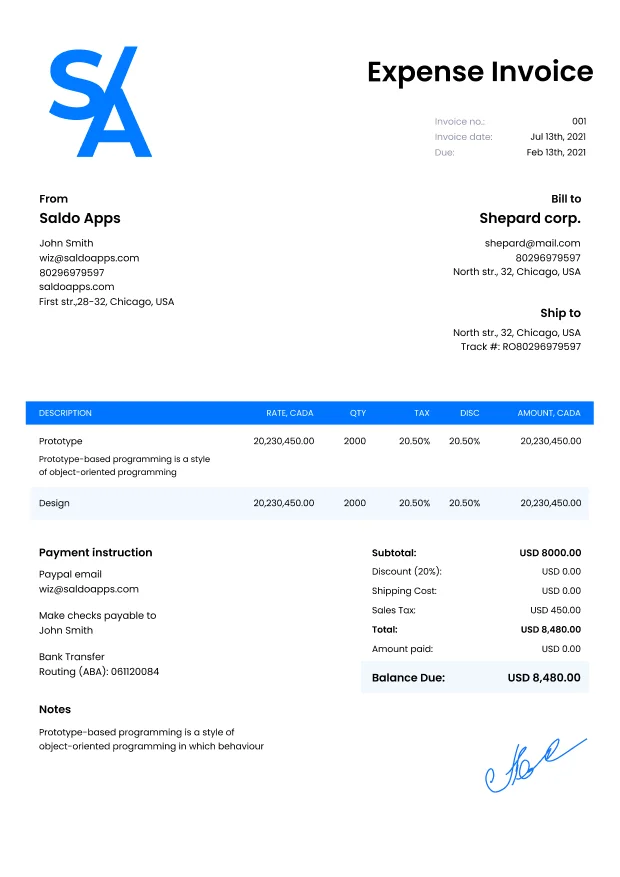
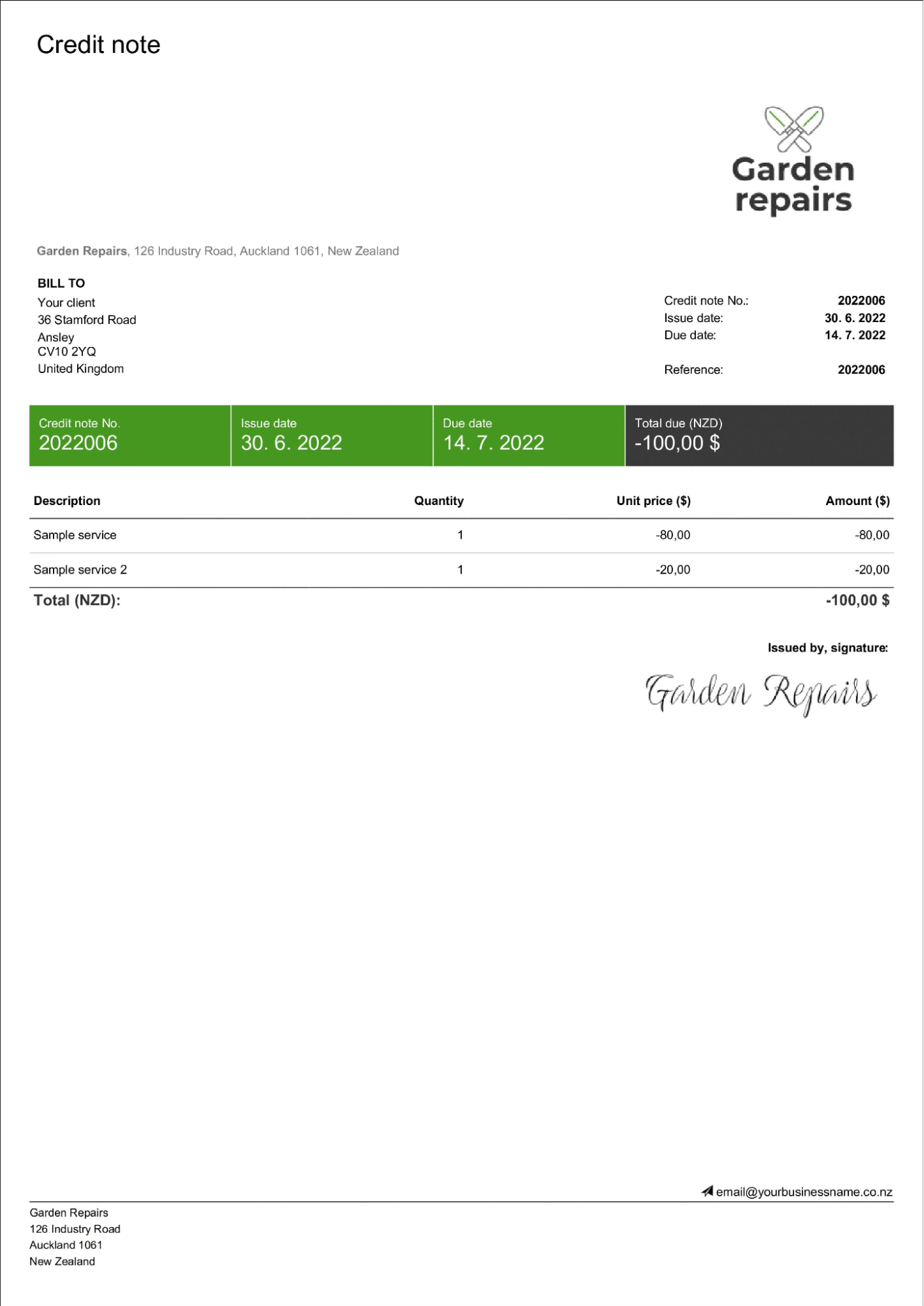
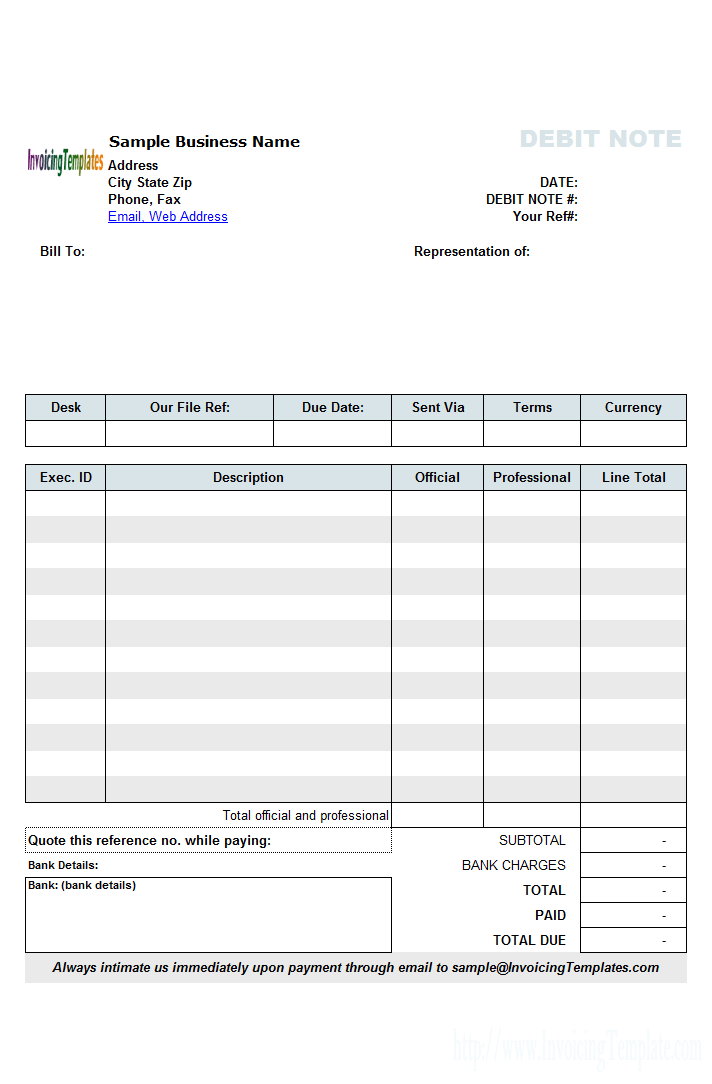 (Source: Pinterest Debit Invoice Template)
(Source: Pinterest Debit Invoice Template)